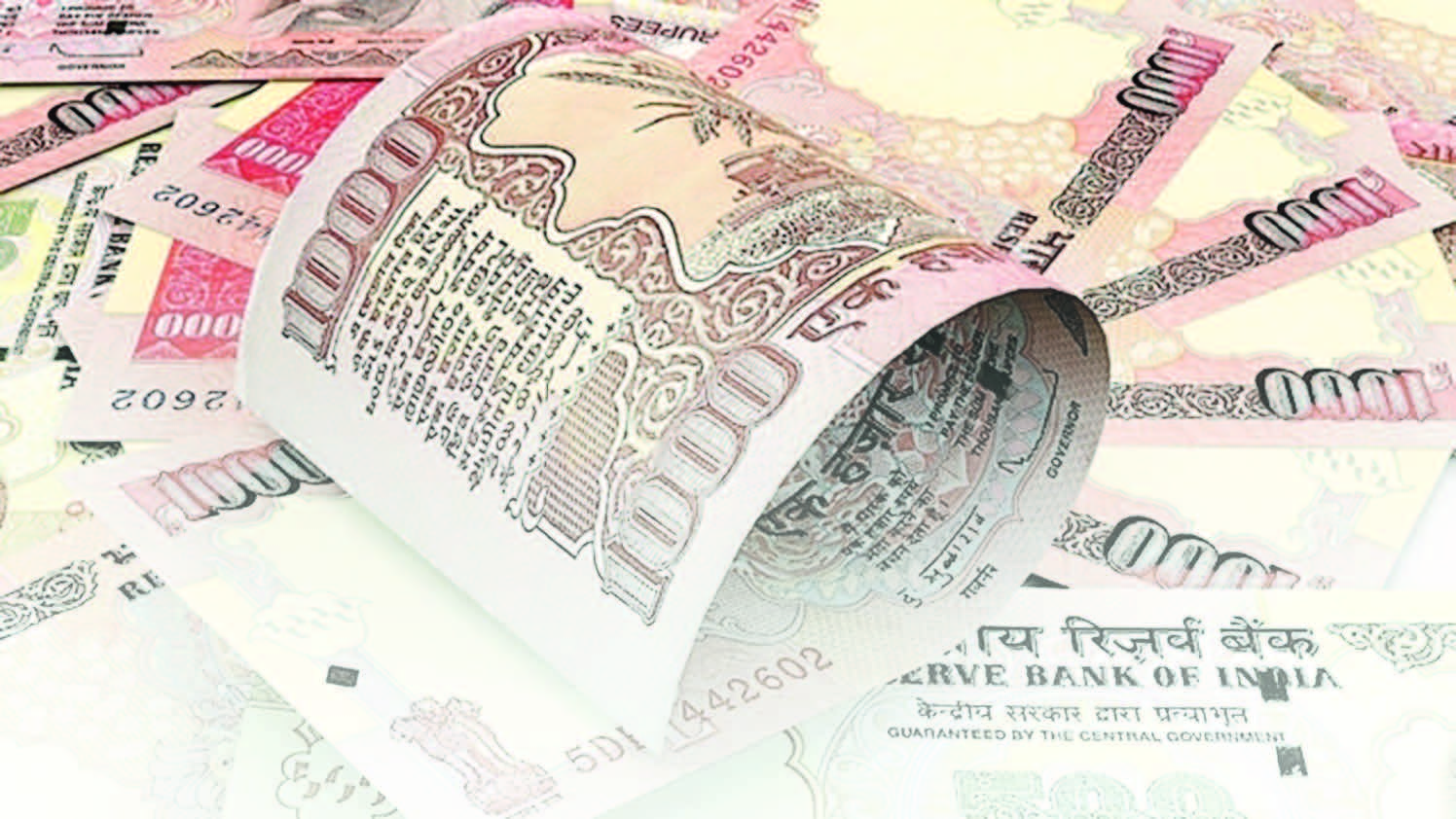

Trump’s election as US President and demonetization in India arrived like conjoined twins on November 9. Joseph Schumpeter’s phrase “creative destruction”, used in 1942 to characterize industrial evolution, is the hopeful outcome. Experts are divided as neither falls into a neat historical precedent.
Since PM Narendra Modi‘s midnight announcement, queues of people wishing to withdraw money for weddings, agricultural inputs, studies, medical treatment or simply to meet daily expenditure continue to mull outside most banks. This has been particularly so in the Capital, where Parliament’s winter session gave the Opposition a ready stage for protests. The delivery of additional smaller and new higher denomination notes, printing of which lags demand, has been dismal in the hinterland. The crisis in rural areas has been compounded after cooperative banks were barred from the exercise, apparently due to their links to politicians in many states.
Thus, while controlling black money has universal support, the poor implementation is souring public opinion. A number of conclusions can be reached. One, daily tweaking of levels, pretexts and manner of withdrawal confirms lack of planning. Two, making the Rs 2,000 note smaller and thus unusable in existing ATMs without recalibration defies common sense. The disruption of supply chains, private transportation and rural credit when the rabi season sowing was underway needs explaining. Finally, eliminating middle denomination notes – Rs 500 – made the Rs 2,000 note unusable as no one had change at retail level. The government should have had enough new notes when rendering 86 per cent of the currency invalid overnight.
Experts on emerging markets are left incredulous. Ruchir Sharma of Morgan Stanley warned that populism “cannot paper over economic chaos”. India, he argues, is cash dependent, but its figure of 12 per cent of GDP compares with US’ 8 per cent and China‘s 10 per cent. Tax collection is 16 per cent of GDP, “slightly higher than the norm for India’s peers”. Unlike India’s amnesty scheme that preceded demonetization, Indonesia‘s keeping tax low at 4 per cent drew out $300 billion of hidden wealth. Sharma concludes that “revenge is not a development strategy”.
Jean Druze likened the government’s move to shooting at the tires of a racing car. Respectable Larry H Summers expressed doubts about achieving stated objectives, pointing out the moral hazard of inconveniencing the majority honest people to bag a few crooks.
After incremental bad news that cash shortage could only be ameliorated in some months, not weeks or even days as Modi hinted initially, the government resorted to jingoism. Indian people were participating in a public ritual or mahayagya of self-cleansing for larger national good and better future. Thus, its counter-terrorism role to choke funding by counterfeit currency was emphasized.
India’s high risk and immediately disruptive policy has been unleashed when externally the world faces what The Economist calls “The New Nationalism”. Modi is in their “League of Nationalists” which includes China’s Xi Jinping; Turkey‘s Recip Erdogan, Russia‘s Vladimir Putin, and of course Donald Trump. Waiting in the wings are rising nationalists on the left and the right in Europe, particularly Marine Le Pen in France who if elected can spell the end of the EU. Thus, the timing for Indian financial experimentation is inappropriate as trade partnerships and alliances are tested globally.
US leadership becomes critical at this juncture as since World War II it has underpinned the defense and propagation of a liberal and open international order, albeit for its own dominance. The economic power shift to Asia with the rise of China and now India and the concomitant de-industrialization in the US and economic distress in Europe, combined with the threat of Islamic terrorism, have created conditions for the rise of the new nationalism. The EU was an experiment in post-nationalism where nation states incrementally surrendered sovereignty to a supra-national entity. The process faces reversal.
Trump is the wild card in this new game. In a New York Times interview on November 22, having kissed and made up, he moderated electoral rhetoric on some issues like prosecuting Hillary Clinton and climate change. But his core beliefs remain intact like lowering taxes, renewing US infrastructure or re-examining trade deals. He announced US withdrawal from a putative Trans-Pacific Partnership (TPP) that underpins US “pivot” to Asia and China containment strategy. Will China read it as US retreat or peace offering remains undetermined. The TPP, constituting two-fifth of the world’s economy, was to rewrite not just tariff and trade rules but harmonies standards on intellectual property, environment and labor rights. China will try filling the gap by either advancing a “Free Trade Area of the Asia-Pacific” tying 21 countries or pushing the Regional Comprehensive Economic Partnership (RCEP), which will, besides 10 ASEAN members, have India, Australia, New Zealand as well as China, ROK and Japan. This is the Chinese riposte to a US-centered intrusion into Asia. India needs to move cautiously as the cracks widen or heal.
Meanwhile Pakistan, on the eve of army chief Gen Raheel Sharif’s retirement on November 29, has provoked India by repeat beheadings of Indian soldiers. India can either react clandestinely locally, which is unusable domestically by the BJP for jingoism or overtly, which should stall Gen Sharif’s retirement. Iran, too, is on tenterhooks with radical elements salivating at the nuclear deal falling through if Trump reimposes sanctions, which would be resisted by its European allies and Russia. On Syria, Trump, in the same interview, indicated urgency for a solution. Is he realizing that US retreat, as happened after World War I, would merely buy time till the US has to intervene under worse conditions?

Photo courtesy of PTI
With the Opposition unity enhanced, Parliament stymied and the Modi government’s ability to restore currency-in-hand normalcy in question, will Modi – like Trump – tamper the government’s brash approach to tackling black money, terror funding and counterfeit currency? With free fire across the LoC, the deterrence value of “surgical strike I” is questionable. “Surgical strike II” on black money has disabled a growing economy and launched a Mao-like, hopefully not fatal, “great leap forward”. History teaches us that for civilizational behemoths like India and China, only little leaps work. For global hegemons like the US leap-backs are equally fatal.
(The author is a former Secretary, Ministry of External Affairs, India)





Be the first to comment